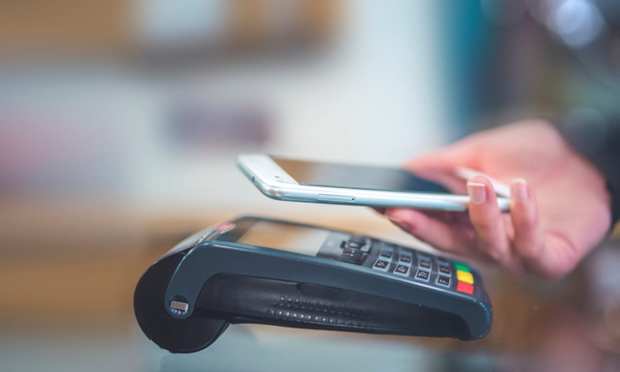Payments Alliance Offers Contactless Standard, Partners With JCB

The White Label Alliance said it has inked a license agreement with JCB. Under the deal, alliance members will “benefit from the use of the JCB Contactless” standard, which it said works with most acceptance terminals. As a result, members have the ability to “draw on existing and widely deployed JCB-approved terminal devices,” per the announcement.
The White Label Alliance, based in Munich, is a new membership organization “committed to extensive adoption of independent payment solutions for smart card and digital firms.” The alliance was founded by IDEMIA, which focuses on “augmented identity”; Giesecke + Devrient, a security technology company; and NXP Semiconductors. “Securing our identity has become mission-critical in the world we live in today,” said IDEMIA, which provides such products as mobile ID technology.
The alliance stated in the press release that it “facilitates migration to contactless solutions and ensures interoperability across various system providers.” In addition, it “sets and updates an open and comprehensive payment standard,” as it aims to meet the increasing international demand for “next-generation, independent payment solutions.”
The group said it welcomes JCB, a global payment scheme accepted by about 35 million merchants worldwide, as a new member. The alliance’s President Jacques Doucerain said the agreement will spotlight the group’s “unprecedented payment industry initiative.” He added that members are working “together to create a truly independent solution, based on tried-and-tested technology” that can be used by retailers and others.
Masaki Yokawa, JCB executive vice president, brand business, said, “As momentum toward contactless payments is gathering on a global scale, it is becoming critical that the interoperable contactless capability is more accessible.”
PYMNTS research shows that access to contactless payments now plays a major role in shaping U.S. consumers’ choice of merchants, a result of the COVID-19 health crisis. It’s unknown as to how much of the digital shift will remain in effect if vaccines put a halt to the pandemic. A fall survey showed that the share of consumers shopping for groceries online increased from 4 percent to 18 percent from last March to June of 2o20.
